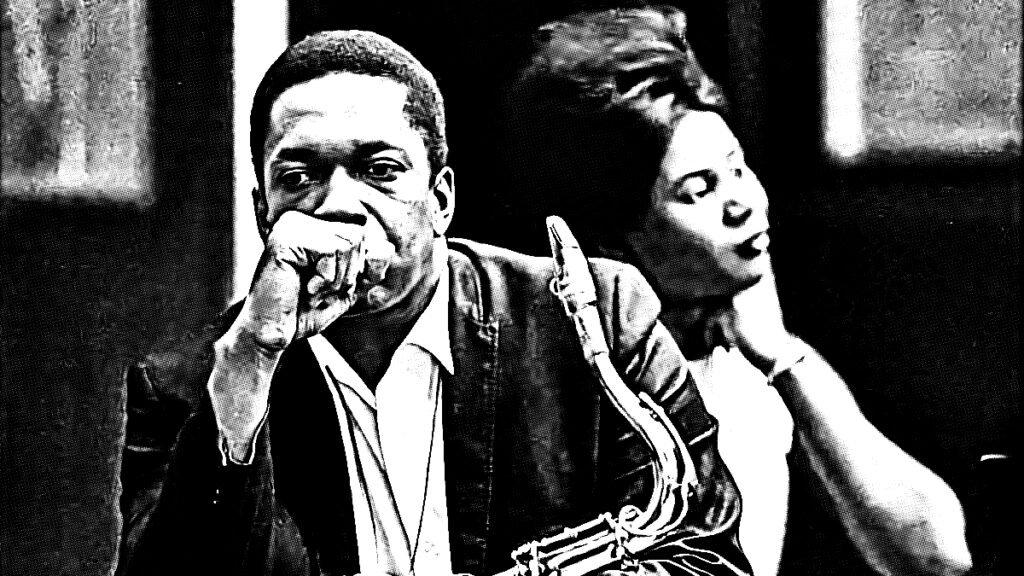Posted by the Polyphonic YouTube channel, this video essay illustrates all the remarkable things that happen in the three minutes and thirty-nine seconds that comprise The Beach Boys’ “Good Vibrations.” It is remarkable when the details get laid out: the convention-defying sections of the song, the ingenious chord combinations, the metamorphosing moods and transitions, even how the deceptively simple lyrics reveal a deeper meaning. “Good Vibrations” is indeed a “pocket symphony.”
The making of “Good Vibrations” was unprecedented for any kind of recording, with a total production cost estimated between $50,000 and $75,000 (equivalent to $370,000 and $550,000 in 2016). Building upon the multi-layered approach he had formulated with Pet Sounds, Wilson recorded the song in different sections at four Hollywood studios from February to September 1966, resulting in a cut-up mosaic of several musical episodes marked by disjunctive key and modal shifts. It contained previously untried mixes of instruments, including jaw harp and Electro-Theremin, and it was the first pop hit to have a cello playing juddering rhythms.
Its title derived from Wilson’s fascination with cosmic vibrations, after his mother once told him as a child that dogs sometimes bark at people in response to their “bad vibrations”. He used the concept to suggest extrasensory perception, while Love’s lyrics were inspired by the Flower Power movement that was then burgeoning in Southern California.
The instrument that steals the show in “Good Vibrations” is more often than not mistakenly referred to as a theremin. Kudos to Polyphonic for initially calling the instrument on the recording by its actual name: the Electro-Theremin. He gets it wrong the second time around, though.
From an article about this instrument via NPR:
… in the 1950s, trombonist Paul Tanner and an amateur inventor named Bob Whitsell made an instrument that made sounds similar to Leon Theremin’s creation, but made it a lot simpler for non-experts to hit specific notes and control the volume.
Tanner’s instrument — like the theremin — was used in science fiction films and a very popular television show from the early 1960s called My Favorite Martian. Tanner featured it on his 1958 album, Music for Heavenly Bodies. The few people who bought The Beach Boys’ Pet Sounds when it came out in May of 1966 would have heard Tanner’s instrument on the song “I Just Wasn’t Made For These Times.” But in the autumn of that year, every American teenager heard that weird sci-fi sound on every AM pop radio station, when Paul Tanner performed his Electro-Theremin with The Beach Boys on “Good Vibrations.”
One more observation: near the end of the video I found myself thinking, “Wow, Brian Wilson did look exactly like Paul Dano.” Then I realized that was Paul Dano. Sneaky.
